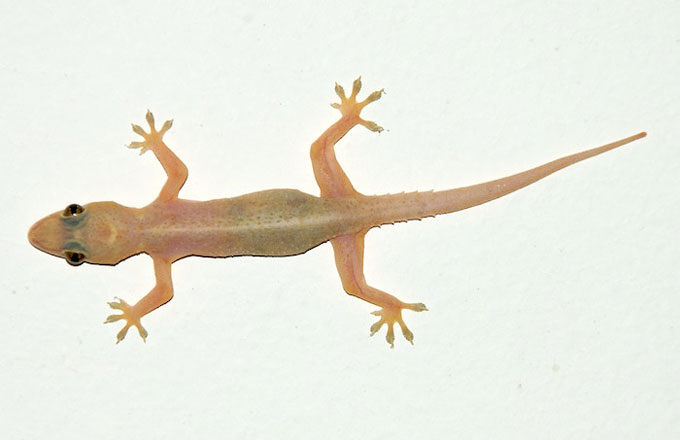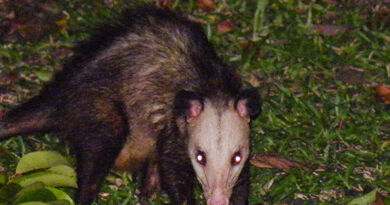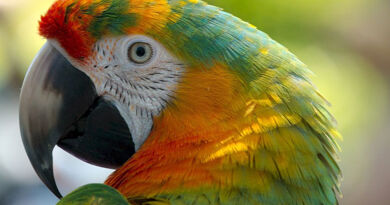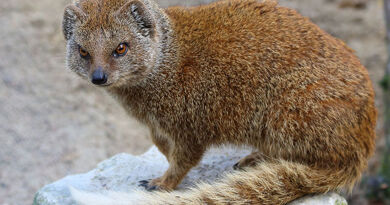The Mabouyas
Belong to the Geckonidae family. It is characterized by the fact that the majority of its representatives can emit, thanks to their fleshy language, in particular during the mating season, a characteristic sound: “geck-geck” from which they derive their name. Unlike our Iguanidae which are of American origin, the Geckonidae also called “Mabouyas” in our islands come from tropical and equatorial Africa.
Let’s say it all the same, this family is cosmopolitan, that is to say that it is found in all corners of the globe. It is characterized in particular by legs with flattened, divergent, fleshy fingers and provided with transverse folds, acting as suction cups. Geckonidae lead a nightlife, with large eyes adapted to this way of life. Who are the representatives of this family in Martinique? In addition to the Mabouya which lives in the houses and which everyone knows well, there are others which live hidden under the rocks, or in the coconut palms whose manners are less well known.
Like snakes, Mabouyas are reptiles that have created the most fright and have given birth to the most legends among the populations of our islands. Thus, according to a belief still very common, it seems that “when this reptile pounces on someone, we cannot make him let go”. R.P. Du Tertre claimed that the Mabouya boldly threw himself on those who annoyed him. He also believed that his bite was venomous and that ulcers were occurring in parts of the body that had been in contact with the viscous humor with which he was covered. This reputation is unjustified, it simply reflects a repulsion of our populations for these reptiles.
The “Mabouya” of our houses Pinkish or whitish in color, it is housed in our houses hidden behind the paintings hanging on the walls, behind the cupboards. At nightfall, he leaves his hiding place in search of “Ravets” or Gnats which form the basis of his diet. The domestic Mabouya is known in all the islands of the Lesser Antilles; it is rarer on the South American continent and rather localized in the Greater Antilles, in particular in Cuba. Its introduction is recent, we don’t know the exact date, but it is very likely that it was carried out in the 18th century by slave ships.
Its reproduction: the eggs which are 2 or 3 in number are deposited anywhere: dark corners, drawers, crack in a wall, etc. They are protected by a very white and very solid limestone shell. Importance of this fauna: the Mabouya is less frequent in the cities, it is currently found rather in the houses in the countryside where it is hunted because according to a popular belief, it is symbol of misfortune.

Neighboring species: Hemidactylus brookii, also native to tropical Africa, occurs mainly in Cuba, Santo Domingo and Puerto Rico.
The “sticky Mabouya” or “Coconut Mabouya” Larger than the domestic Mabouya, in the adult state it can reach up to 20 cm, tail included. “Although these lizards are not the largest, they are the ugliest and ugliest of all; and this is what made them call by the savages, as well as by the inhabitants “Maboüyas”, which is a name which they commonly give to all that they hate. »(R. P. Du Tertre.) It exists in all the islands, from Saba to Granada, as well as on the continent in Central America and in the tropical regions of South America. The fact that there are no island subspecies suggests that they certainly arrived on our islands when the evolution of the species was over. In nature one can meet these Mabouyas not only in coconut palms, but also under stones or rotten wood, where they lay their eggs which are 2 or 3 in number and have a calcareous shell.




